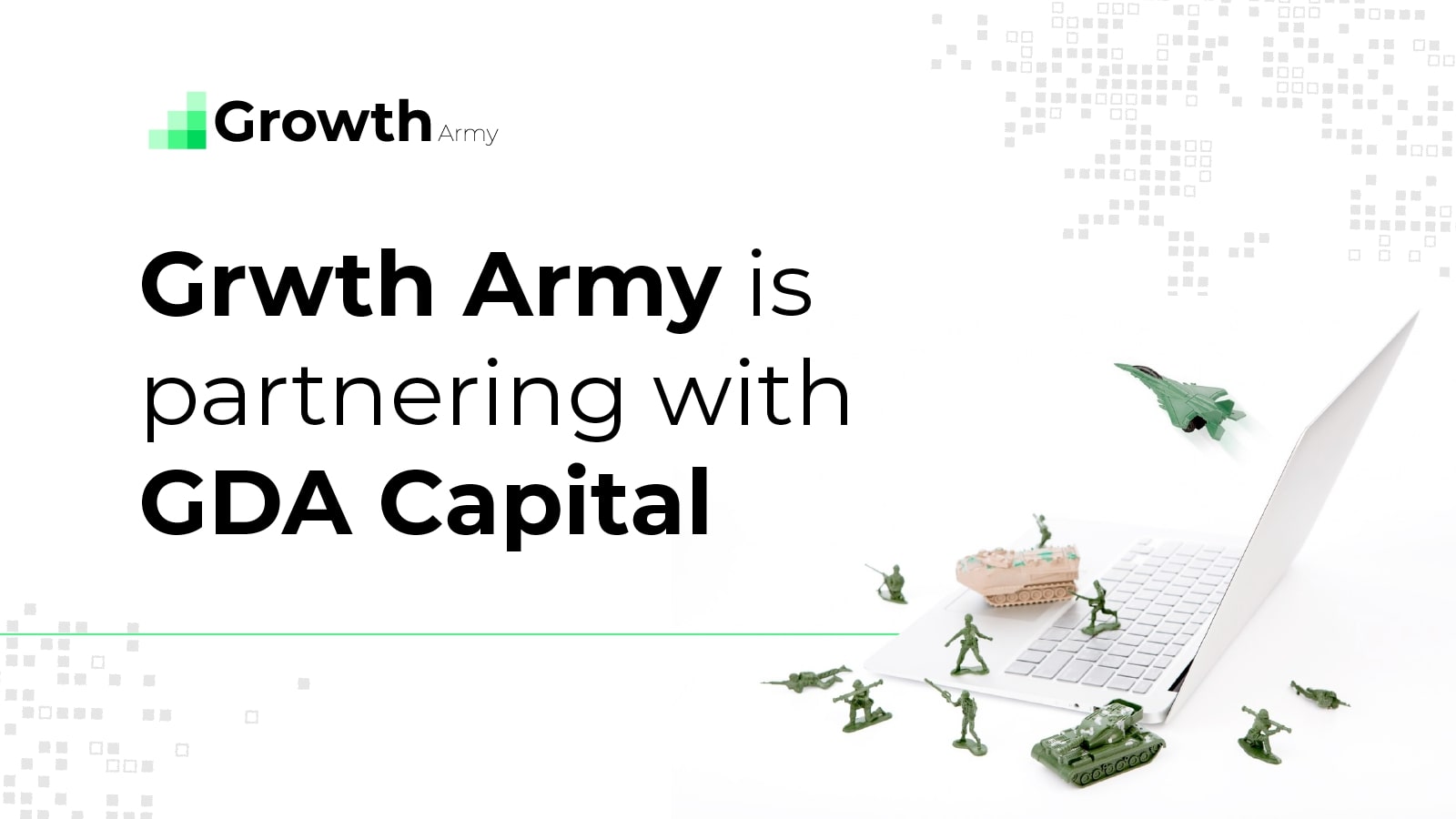Welcome to the 64th edition of ‘The Digital Asset Digest’. Today, we analyze if the Puell Multiple can correctly predict Bitcoin’s price and outline a few unique use cases of NFTs.
SNIPPETS
Vontobel Bank CEO States That Customers Are Interested in Crypto
Source: U.Today
“Vontobel bank CEO Zeno Staub was interviewed by Bloomberg TV, where he made some interesting statements about clients’ digital assets.”
Solana hackathon aims to bolster crypto innovation in India
Source: CoinTelegraph
“Blockchain platform Solana announced an open invitation to Building out Loud, a hackathon venture exclusively for Indian developers and entrepreneurs.”
Goldman Sachs files an application for crypto-related ETF
Source: Finbold
“The asset-management arm of Goldman Sachs Group Inc. submitted an application with the U.S. Securities and Exchange Commission on Monday to launch an exchange-traded fund (ETF) focusing on securities of crypto-related firms, as per Bloomberg reports.“
Monero Bug Breaks Transaction Privacy
Source: CryptoBriefing
“Monero developers have discovered a bug in the coin’s privacy algorithms that allows for transaction destinations to be identified, breaking privacy.“
South Korean authorities to collect delinquent taxes from crypto cold wallets
Source: Forkast
“South Korea’s newly amended tax law will allow authorities to collect delinquent taxes hidden in cryptocurrency cold wallets.”
TOP GAINERS

TOP LOSERS

INDUSTRY WIDE SNAPSHOT

MARKET OUTLOOK
Can The Puell Multiple Indicate BTC Buying Opportunities?
Over the past 12 years, investors have conjured up several models to help them predict or analyze the value of Bitcoin. Some of the most popular, such as the stock-to-flow model, focus on Bitcoin’s supply and new issuance. This is because rarity is the core value proposition of the world’s most popular digital asset.
Now, a new model focuses on supply from a fresh perspective. The Puell Multiple accounts for supply from Bitcoin miners who must sell their newly generated BTC to remain commercially viable. This model may be used to judge whether the cryptocurrency is overvalued or undervalued at any given moment.
Here’s a closer look at the Puell Multiple and its potential pitfalls.
The Puell Multiple
Proposed by analyst David Puell, the Puell Multiple is a ratio of the daily value of BTC issued divided by the 365-day moving average of BTC issued, all in US dollar terms. Effectively, the ratio measures whether the value of BTC issued over the past day is above or below its long-term average.

If the ratio is too low (below 0.5 for instance), it could indicate that Bitcoin is undervalued. Miners are capitulating and the market could be due for a rebound soon. In other words, a low ratio indicates a buying opportunity.
In late June this year, the multiple fell to 0.66 indicating a potential buying opportunity. Since then, BTC has returned 10% and currently trades at $38,500. The ratio has moved up to roughly 1.5 at the time of writing.
Drawbacks
There has been some debate about the effectiveness of the Puell Multiple for traders and investors.
When the model was first proposed, mining fees on the Bitcoin network were negligible. However, with growing adoption and the higher market value of Bitcoin, mining fees have become a substantial portion of miner revenue. The pressure to sell new coins is no longer as intense.
To account for this, some websites use daily miner revenue and 365-day average revenue in U.S. dollars. This updated Puell Model tries to pinpoint the intrinsic value of each BTC based on the economic state of the mining sector.
Another issue is that the model doesn’t account for real-world regulations and disruptions. Recently, Chinese authorities clamped down on the domestic mining sector which took several miners offline. Some experts argue that this exodus of Chinese miners artificially and temporarily reduced the ratio, offering a misleading buy signal.
Whether or not the Puell Multiple proves to be a valuable addition to investor toolkits, despite these limitations, remains to be seen.
Bottom line
Investment professionals and analysts have tried to uncover valuation signals in the nascent Bitcoin market. Some of the most popular models rely on the limited supply of new tokens to the ecosystem. The Puell Multiple takes this approach from the mining sector’s perspective. At the moment, the ratio indicates fair value. Whether these price predictions are accurate remains to be seen.
EXPLORING NEW IDEAS
3 Unique Use Cases of NFTs
Non-fungible tokens (NFTs) exploded in popularity over the past year. By some measures, this has become the second-most popular application of blockchain technology after digital currencies like Bitcoin.
However, most mainstream users are only familiar with NFTs for digital artwork. After all, these pieces of digital art have sold for whopping sums of money and been created by world-class celebrities. However, technology isn’t limited to digital art. Developers have been applying this form of tokenization to other industries. Here are three emerging use cases of NFTs that don’t involve digital art.
Finance NFT
It was only a matter of time before the worlds of decentralized finance (DeFi) and NFTs collided. This year, a slew of new projects have enabled users to buy and stake their NFTs. Staking NFTs allows users to generate a return on their digital asset – one of the most basic DeFi applications.
Social media platform Torum completed its “Initial Staking NFT” earlier this year, while Cargo Gems and JustLiquidity have also adopted a similar model. This could indicate that other DeFi applications for these tokens are in the pipeline. Users could someday share revenue from NFT royalties or license NFTs on decentralized platforms across the sector. The possibilities are endless.
Gaming NFT
NFTs are particularly well-suited for gaming platforms. Games have recently introduced the concepts of micro-transactions and in-game purchases. Gamers are now accustomed to paying real money for digital avatars, special costumes for playable characters, and advanced features to enhance gameplay. Now, NFTs allow gamers to complete these transactions without an intermediary.
The most popular NFT-enabled game right now is Axie Infinity. With $42 million in NFT sales in June 2021, Axie seems to have more transaction volume than Ethereum or Bitcoin. As the game becomes increasingly popular, its digital assets have skyrocketed in value. The barrier to entry for these critical in-game assets is now so high, that some players have started renting them out for a fixed return. In other words, the Axie Infinity gaming universe is organically creating its own micro-economy.
This is an exciting sneak peek at the future of the metaverse.
Real-world Asset Tokenization
NFTs were initially created to tokenize digital assets. However, some developers have attempted to use the technology to tokenize tangible, real-world assets too.
California-based real estate broker Shane Dulgeroff attached a property deed to his NFT earlier this year. The property currently generates $60,000 in annual rent and should be worth over $1 million. The winner of the NFT auction receives the title to the house as well as a digital artwork that was inspired by the house.
However, Dulgeroff ultimately closed the auction and listed the property via traditional platforms due to a lack of interest. “We didn’t have any bids,” he told reporters. The experiment may have succeeded if NFTs were more mainstream and local regulations allowed such listings. For now, NFTs representing real-world assets is still a theoretical concept
TOKEN OF THE WEEK
Basic Attention Token
The digital economy is broken. The gatekeepers of the modern internet are tech giants like Facebook, Twitter, Google, and Sina Weibo. Nearly all the revenue these giants generate is derived from digital advertising – a model fueled by personal data. In 2017, industry veterans decided to tackle this issue by creating a new crypto-based ecosystem that would replace data-hungry advertising models with anonymous micropayments. At its core is a cryptocurrency called the “Basic Attention Token” or BAT.
Here’s a closer look at one of the earliest crypto projects to emerge from the 2017 boom.
Background
The project is the brainchild of Brendan Eich, the creator of JavaScript and former CEO of Mozilla Corporation. Eich partnered with Brian Bondy and a team of internet technology veterans to create the Brave Browser – a web browser based on open-source Chromium software that automatically blocks all advertising. The browser also had a built-in crypto wallet that allowed users to pay microtransactions to registered content creators depending on the amount of time spent on their sites.
The browser and token were first launched in 2016 and now have over 32 million monthly active users and 1.2 million content creators. In 2019, the company launched Brave Ads, an ad network that returns a 70% revenue share to users.
Use Cases
The Brave Browser and BAT ecosystem offer users an alternative to the traditional internet business model. By automatically blocking ads and trackers, the browser protects user privacy and speeds up browsing. Meanwhile, the micropayments system and tip jar built into the platform allows users to support their favorite publications and social media users through crypto payments.
BAT is also the currency used in the Brave Ads ecosystem – which allows users to advertise without compromising user data or data collection regulations. Since users get 70% of ad revenue, they’re incentivized to participate and select ads that are most relevant to them.
Tokenomics
There are roughly 1.5 billion BAT in circulation at the time of writing. At the time of launch, the team raised $35 million in under half an hour. The majority of this money was used to pay engineers working on the project, marketing efforts to grow the user base, and corporate administrative expenses. These efforts helped the team attract major partners such as Wikipedia, The Guardian, The Washington Post, Nexo, Bitpay, Verizon, BlockFi, and 50 Cent.
Smart contracts baked into the Brave Browser allow users to earn 70% of the advertising revenue for the ads they see, use DeFi applications with the BAT they have in their wallet, offer tips to creators registered on the platform and earn rewards for IPNS verified content.
Recent Developments
This year the Brave Browser team took another step in disrupting the digital economy. In June, they launched Brave Search – a BAT-enabled search platform. The search engine is considered a non-tracking, privacy-first alternative to the industry leader Google Search.
GETTING TECHNICAL
BTC/USD
A snapshot of Bitcoin’s spot price as of this writing is $38,537.67 representing 1.17% gain in the past 24 Hours and 3.98% increase in trading volume. The 30-day volatility of BTC is 50.52%. Bitcoin remains the top cryptocurrency trading with a support at $30,000 and resistance at $40,000.
ETH/USD
ETH is trading at $2,312.06 as of this writing, representing a 24-Hour decrease of 0.35%, and 30-day volatility of 77.46%. Over the last 24 Hours, the trading volume increased by 55.45%. As of today, ETH holds 17.83 % of the cryptocurrency market, making it the second-largest coin traded.
THIS WEEK’S DEEP READ
Q&A: How Pareto Invests in the Volatile Digital Asset Market
Source: Blockworks
“As traditional financial and digital assets markets are slowly merging, Blockworks is taking a closer look at how fund managers are navigating the volatile market.”
In case you didn’t know, we have a more trading-oriented newsletter that goes into inflows/outflows, mining trends, and other topics on a weekly basis. You can subscribe here.




